http://www.digitalmeetsculture.net/wp-content/uploads/2017/03/PREFORMA_D8.4_Design-Final-Report_v1.0.pdf
This deliverable is considered to be the final report on the activities related to the preparation and procedure of the design phase #2, internally also called the re-design phase. It is important to notice here already in the beginning of this report that the PREFORMA project, in its Description of Work (DoW) document, had not planned to go for a formal evaluation at the end of the design phase #2, like the one performed at the end of the design phase #1, but for an informal review allowing the project members as well as the suppliers to evaluate and rate the results of their work, their working procedure, the error finding mechanisms, the connection between the phases of design and prototyping, and the progress of the suppliers compared to their own Description of Work (DoW) documents. The final and concluding official and formal review will be performed toward the end of the prototyping phase #2, which eventually means in M36.
Reflected in this document, the second and final design phase of the suppliers’ work to create and update functional and technical specification as well as interoperability documents and the related software modules started with the review of the design, the definition, and the specification of the functional and the technical part of their preparatory work according to the call for tender, the submissions (description of work) of the three winning supplier teams and consortia, the review results of the design phase #1, and the work results of the prototyping phase #1 that has followed the design phase #1 completion.
The document will thus include a short summary of the prototyping phase #1 description (originally compiled in D8.3) and the basic statements related to the two phases of WP5 including citations, references and methodologies for:
- PREFORMA evaluation strategy (from D8.1)
- PREFORMA lessons learned from the design phase #1 (from D8.2)
- Short summary of the findings of the prototyping phase #1 (from D8.3)
- Short summary of the informal review procedure
- Procedure of the evaluation of the suppliers’ documentation
- Results of the PREFORMA consortium visits to the suppliers
- Individual meetings with the suppliers on results of evaluation
- Informal decision making process
- Statements of the end of design phase #2 report
- Open source workshop and the suppliers’ performance
- Final decisions made by PREFORMA consortium
The previously completed tasks in WP8 laid the foundation for informal evaluation strategy for comparing the results of the suppliers, ranging from the end of the design phase #1 to the prototyping phase #1 to the beginning of the design phase #2. The formal evaluation framework, also applied to this informal evaluation for the design phase #2, has been defined in D8.1 and has been successfully applied in D8.2, based on contributions of the technical partners as well as of the memory institutions, either being partners in PREFORMA, or being invited as external experts. The strategy negotiated and established in T8.2, and consequently described in D8.2, too, was used as an input for evaluating the suppliers’ results informally at the beginning of the design phase #2 to value whether or not the suppliers have fulfilled the tasks they were expected to do.
The document D8.4 is thus intended to include all useful information for the internal and external work process for the design phase #2 as well as to give an idea on how a PCP project does follow and rate the progress of suppliers during the development process, and finally how the informal evaluation in PREFORMA has been performed.
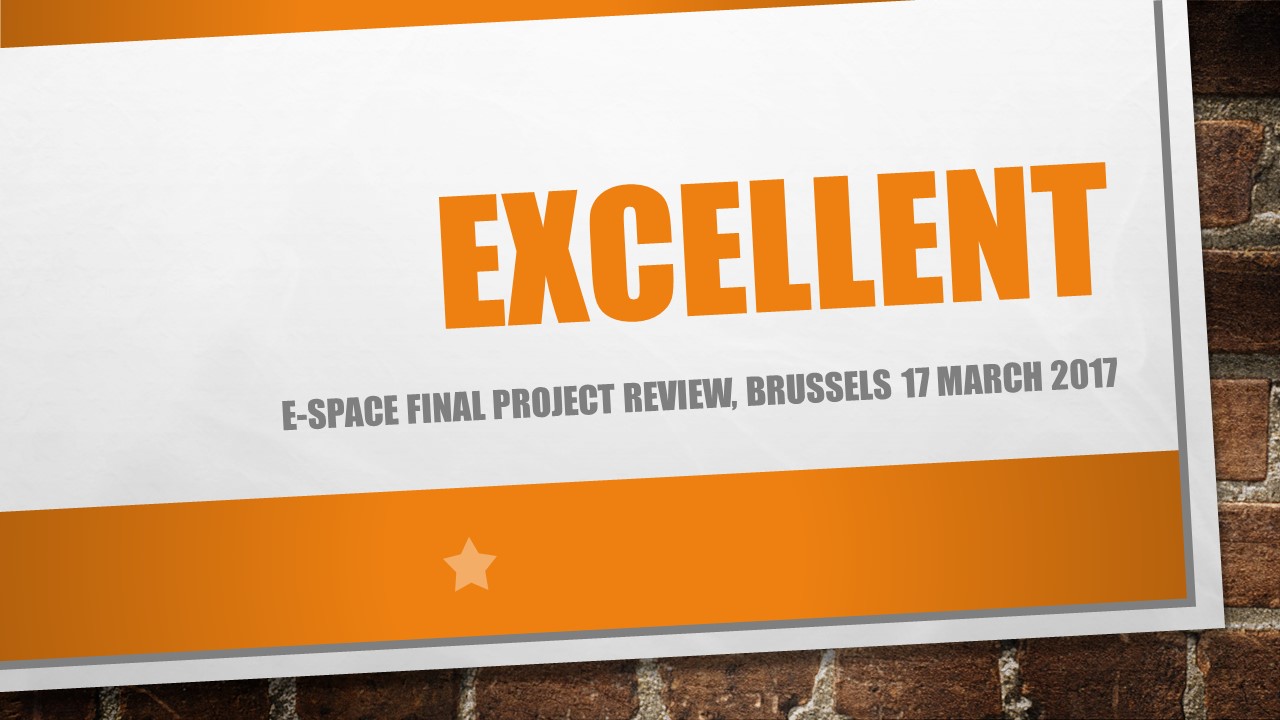



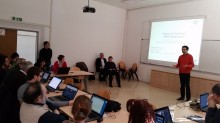
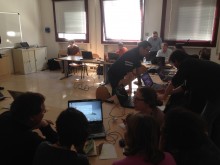
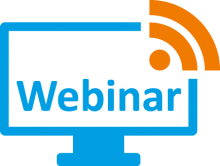
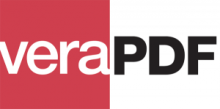 The veraPDF software is capable of more than just PDF/A validation. veraPDF also provides a policy checker capable of carrying out custom PDF document checks beyond the scope of PDF/A validation. Examples of custom checks include highlighting the use of particular fonts or image formats, enforcing population of metadata fields or limiting the number of pages in a document. In this webinar we’ll be:
The veraPDF software is capable of more than just PDF/A validation. veraPDF also provides a policy checker capable of carrying out custom PDF document checks beyond the scope of PDF/A validation. Examples of custom checks include highlighting the use of particular fonts or image formats, enforcing population of metadata fields or limiting the number of pages in a document. In this webinar we’ll be: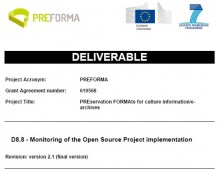
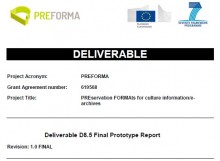
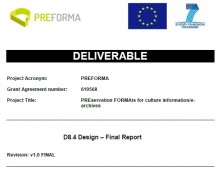
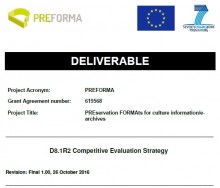
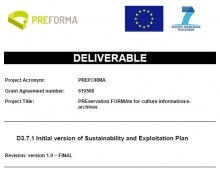
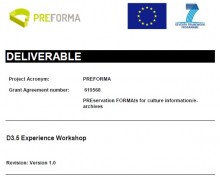
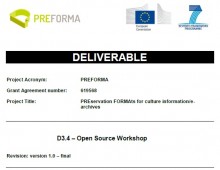
 If you have interesting news and events to point out in the field of digital cultural heritage, we are waiting for your contribution.
If you have interesting news and events to point out in the field of digital cultural heritage, we are waiting for your contribution.







































